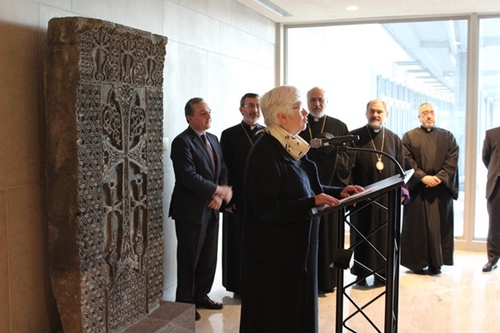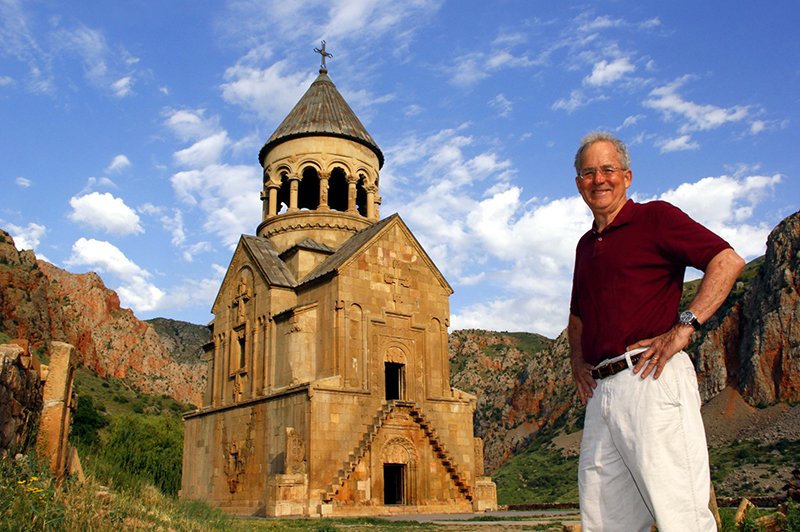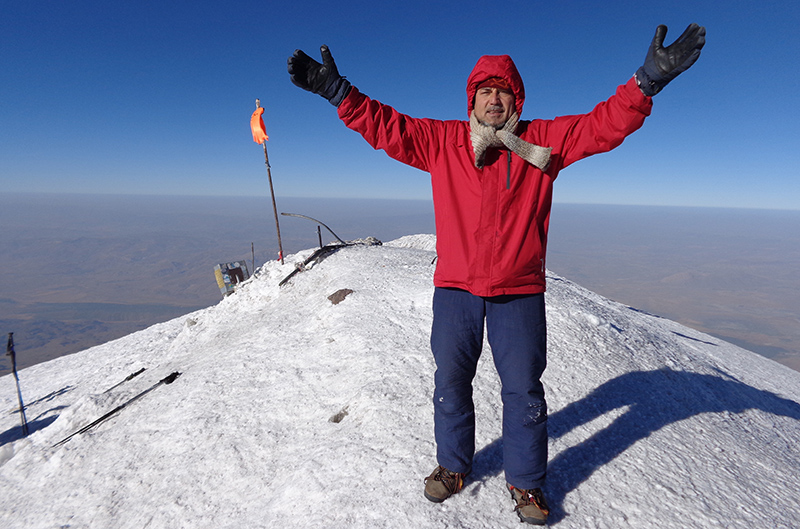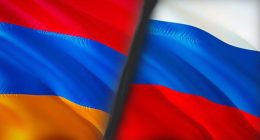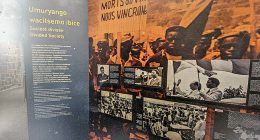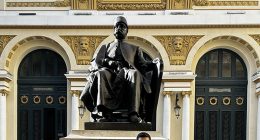NEW YORK — On April 15, an official re-installation and blessing of the Khatchkar (Armenian Cross-Stone), the gift of the Government of Armenia to the United Nations, was held at the UN Headquarters in New York.
Permanent Representative of Armenia to the UN, Ambassador Zohrab Mnatsakanyan, Primates of the Armenian Church of America Archbishop Khazhak Barsamian and Archbishop Oshakan Choloyan, representatives from UN member states, UN Secretariat and mass media, different agencies, public figures, diplomats, representatives of the Armenian community, other distinguished guests, Armenian-American community members participated at the event.
In his remarks, Ambassador Zohrab Mnatsakanyan, thanked the guests for joining for the celebration of the return of that magnificent symbol of medieval history and culture back to the UN Headquarters, stating that since the medieval era when this work was carved, Khatchkars have been the most compelling commemorative marker for Armenians. Ambassador Mnatsakanyan further noted that in 2010 UNESCO declared the Armenian Khatchkar as tangible world cultural heritage in need of urgent safeguarding. He also reminded that in 2005, hundreds of Khatchkars were barbarically destroyed in a 15 hundred years old Armenian cemetery of Jugha, presently located in Nakhichevan, Azerbaijan. Reflecting on the history of his nation overwhelmed with phases of destruction and annihilation, and a devastating calamity 100 years ago in the Ottoman Empire, he concluded that like those stones, however, Armenians bare resilience, faith and eternal love for life and no genocide could break his people.
Dr. Helen Evans, Metropolitan Museum Curator for Byzantine Art at the Department of Medieval Art and The Cloisters, made remarks about the value and symbolism of the Khatchkar and elaborated on the origins of this graceful work from the Monastery of Geghard.

